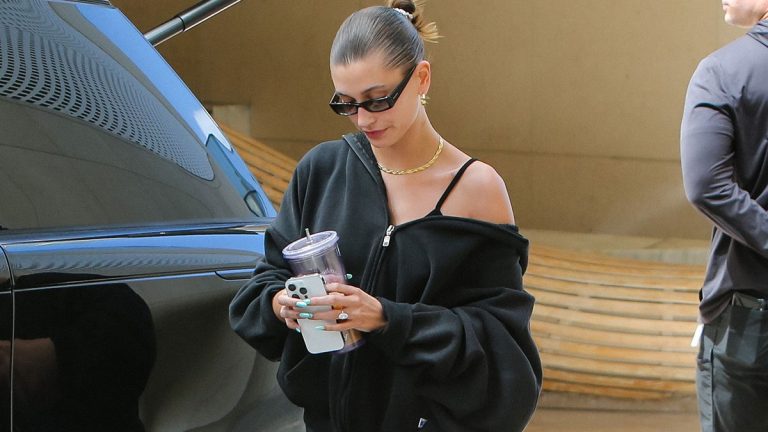Customers’ expectations when it comes to quality are changing, she says: Younger consumers are known to prioritise natural materials like silk and cotton over designer goods, while older items, even those from fast fashion brands, are less likely to be made with synthetic fibres.
Fast fashion has long been believed to be disposable, but as for whether this will affect how we view the value of fast fashion overall, experts don’t expect it to. Sustainable fashion creator and consultant Scott Staniland points to the fast fashion items still cluttering thrift stores and Depop aisles. Even if a pair of shorts sells for $200, the volume of fast fashion production means there’s a virtually infinite supply of clothing that’s difficult to resell at any price.
TikTok content
This content can also be viewed on the original site.
What’s appealing about old items that newer ones don’t is rarity, Staniland says: “It’s like, this item is no longer available. It’s priced that way because it’s no longer available. No one’s going to buy it. But in reality, you might find it in places you’re not looking.”
Cultural cues add value
The quality may have been better back then, but that’s not the only reason why reselling expensive old fast fashion items is booming.
Pricing has long been a bane of resale, and is often determined by the amount the seller paid, quality, rarity, demand, style and marketing, Vermeer added.
Storytelling and context also matter: the (perceived) value of an item is determined both by how it’s marketed (“rare, vintage”) and the broader cultural context in which it’s sold. On Depop, one seller advertised a 2000s Wet Seal top as having a “Rick Owens vibe,” and perhaps because of that vibe, the top sold (for the bargain price of $28).
For those less familiar with high fashion, Vermeer looks at how social media and pop culture trends stimulate demand. For example, the current tennis craze is thanks to the Challengers. According to WGSN, clothing styles tagged with “tennis” are up 7% year-over-year compared to 2023. US searches on Pinterest for “tennis skirt outfit summer” are up 128% in the past three months. And Depop has plenty to choose from.
As indie tacky items and Y2K continue to dominate, older items from brands from their heyday will benefit. Indeka said the ability to quickly shop on apps like Depop also fits into today’s accelerating trend cycles, making it more likely that consumers will get caught up in a fad and want to buy it regardless of price.


